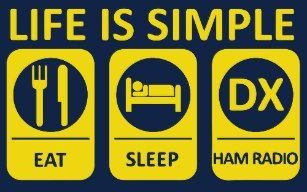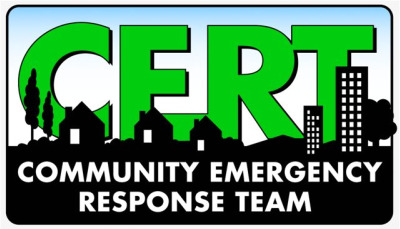|
Simplex Exercise DATE: 1st Saturday of Each MonthTIME: 11.00 am NCS SET PASS PHRASE FOR DURATION OF THE EXERCISE For example: March Madness STARTING FREQUENCY: (see Exercise Frequency List)
CROSS BAND REPEATER The 147.225(+) PL-107.2 and 444.650 (+) PL-127.3 repeaters are linked in full duplex, cross band mode and some operators may find UHF performs better. NEW OPERATIONAL PROCEDURE MAJOR CHANGE: NET STARTS ON 147.225 An assigned NCS station will guard on 145.29 repeater and advise stations to QSY to 147.225 repeater to be checked into the net. WHY THE CHANGE: We are adjusting our mission to become more inclusive of CERT stations and to help these stations meet their objectives. The 147.225 repeater has better county coverage than the 145.29 repeater. CERT GOAL: WHO CAN BE HEARD BY WHO This means when stations are checking into the 147.225 repeater for the first time, they will advise NCS their CALLSIGN and if a CERT STATION, say their CERT EOA NUMBER (EG. N4BRF EOA 5 OR N4BRF EOA 6). This will be used to construct a county map so message relays may be conduced . LOGGING: QUERY STATION CAPABILITY: AFTER ACTION REPORT (AAR): TRAINING VIDEO: Click to ViewREQUEST FOR INFORMATION (RI) Net Control or any relay station will be requesting checked in stations to provide on a volunteer basis any of the following:
Types of Information Requested – Request for Information (RI)
Please note – Analog voice will be our primary mode of communication. We will add more focus on HF. Before this net, stations should prep for their station setup. PREPARATION:
|
 SAVE THE DATES
STATION TACTICAL GOALS:
We will dedicate a portion of this exercise to CERT. NCS will start the net on the Boynton Beach Repeater at Boynton Beach Fire Rescue (BBFR) near FL Turnpike and query stations 147.225+ (PL 107.2) CERT Helper Links CLICK FOR PALM BEACH COUNTY CERT CLICK FOR ICS-205 Incident Radio Com Plan |
NET CONTROL STATION SCRIPT: CLICK for the script before the net is established, stations are encouraged to:
The Simplex Exercise will be established on 145.29 mHz and stations will check-in. Once NCS has checked in all stations, the following will occur:
Stations may desire to remain on the repeater after the net closes to troubleshoot any problem that arise. CAPABILITIES FOR THE EXERCISE
Optional Capabilities follows:
What we choose to exercise will be by consensus and as suggested by participants.
|
REMINDERS AND OVERVIEW OF OUR EXERCISEBecause these exercises test our abilities and capabilities on simplex frequencies, we need to rely on clear communications. Using prowords and signal reports helps remove any use of coded communications such as 10-4 or “copy that”. Please note the use of the pro-words and examples. READABILITY AND SIGNAL STRNGTH
PRO-WORDSFor these exercises, stations should become familiar with use of this list of pro-words.
Examples of use
“THIS IS” may be omitted by stations for brevity. DO’S AND DONT’S
|


